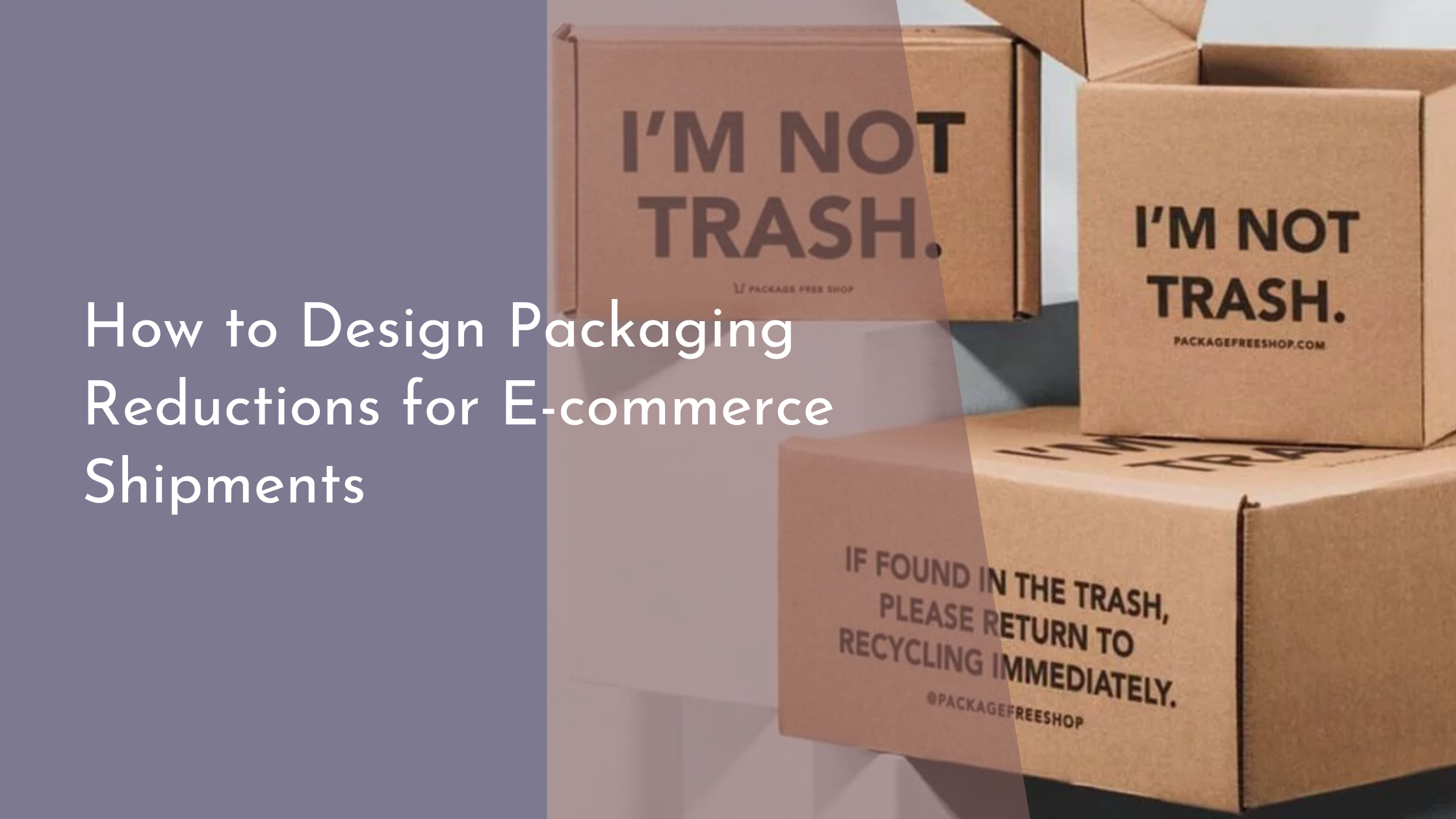How to Design Packaging Reductions for E-commerce Shipments
In the ever-evolving world of e-commerce, packaging plays a crucial role in ensuring that products arrive safely while also influencing customer perception and environmental impact. However, the convenience of online shopping often comes with a downside—excessive packaging waste. As companies strive to become more sustainable and efficient, designing packaging reductions for e-commerce shipments has become a vital part of the process. In this article, we will explore the importance of reducing packaging, identify opportunities for material efficiency, discover innovative design solutions, and consider implementing sustainable practices in shipping.
Understanding the Importance of Packaging Reduction
Packaging reduction is not only about minimizing waste but also about making a substantial positive impact on the environment. Excessive use of packaging materials contributes to increased carbon emissions, deforestation, and landfill overflow. By prioritizing packaging reduction, e-commerce companies can significantly decrease their environmental footprint. This commitment to sustainability enhances brand reputation and meets the growing consumer demand for eco-friendly business practices.
Moreover, reducing packaging has a direct impact on cost savings. Less material means lower production costs and decreased shipping expenses due to reduced weight and volume. For businesses, this translates into better margins and the ability to pass savings onto customers. By investing in packaging reduction strategies, companies can achieve a win-win situation: enhancing their competitive edge while contributing to a healthier planet.
Identifying Opportunities for Material Efficiency
The first step in designing packaging reductions is identifying areas where material efficiency can be improved. Start by reviewing your current packaging strategy. Analyze each component of your packaging—boxes, fillers, tapes, and labels—to identify redundancies and unnecessary elements. This thorough evaluation can reveal opportunities to minimize material use without compromising product protection or customer experience.
Additionally, consider the sizing and shape of your packaging. Utilizing right-sized packaging not only reduces material usage but also enhances shipping efficiency. By eliminating excess space, you cut down on the need for void fillers and enable more products to be shipped at once. This optimized use of space contributes to economic savings and a more sustainable supply chain.
Innovative Design Solutions for E-commerce Packaging
Innovative designs are at the heart of effective packaging reduction strategies. Consider adopting modular packaging systems that allow for the accommodation of various product sizes with minimal material usage. These systems often involve adjustable compartments or inserts that securely hold items, eliminating the need for excessive fillers. Such designs enhance the unboxing experience for customers while maintaining product integrity.
Another innovative approach is the use of eco-friendly materials, such as biodegradable plastics, recycled cardboard, or plant-based alternatives. These materials can be just as effective in protecting products while being gentler on the environment. Packaging engineers are continuously developing new solutions that both reduce waste and appeal to environmentally-conscious consumers, allowing companies to meet sustainability goals without sacrificing quality or aesthetics.
Implementing Sustainable Practices in Shipping
Once packaging reductions are in place, it’s time to focus on sustainable shipping practices. Prioritize the use of eco-friendly transportation options and optimize delivery routes to reduce carbon emissions. Collaborate with logistics partners who share your commitment to sustainability and can offer solutions such as carbon-neutral shipping. These efforts not only minimize environmental impact but also align with the expectations of today’s eco-conscious consumers.
Furthermore, consider implementing a packaging return or recycling program. Encourage customers to return packaging materials for reuse or recycling by providing clear instructions and incentives. This not only reduces waste but also fosters a sense of community and responsibility among consumers. By taking a proactive approach to sustainable shipping, e-commerce businesses can build long-lasting relationships with customers who value environmental stewardship.
Reducing packaging in e-commerce shipments is a multifaceted challenge that requires innovative thinking and a commitment to sustainability. By understanding the importance of packaging reduction, identifying opportunities for material efficiency, embracing innovative design solutions, and implementing sustainable shipping practices, companies can make significant strides toward a more sustainable future. Not only does this effort benefit the environment, but it also enhances brand reputation and opens up new avenues for cost savings. In a world where consumers are increasingly valuing sustainability, businesses that prioritize packaging reduction will not only thrive but lead the charge towards a greener tomorrow.

